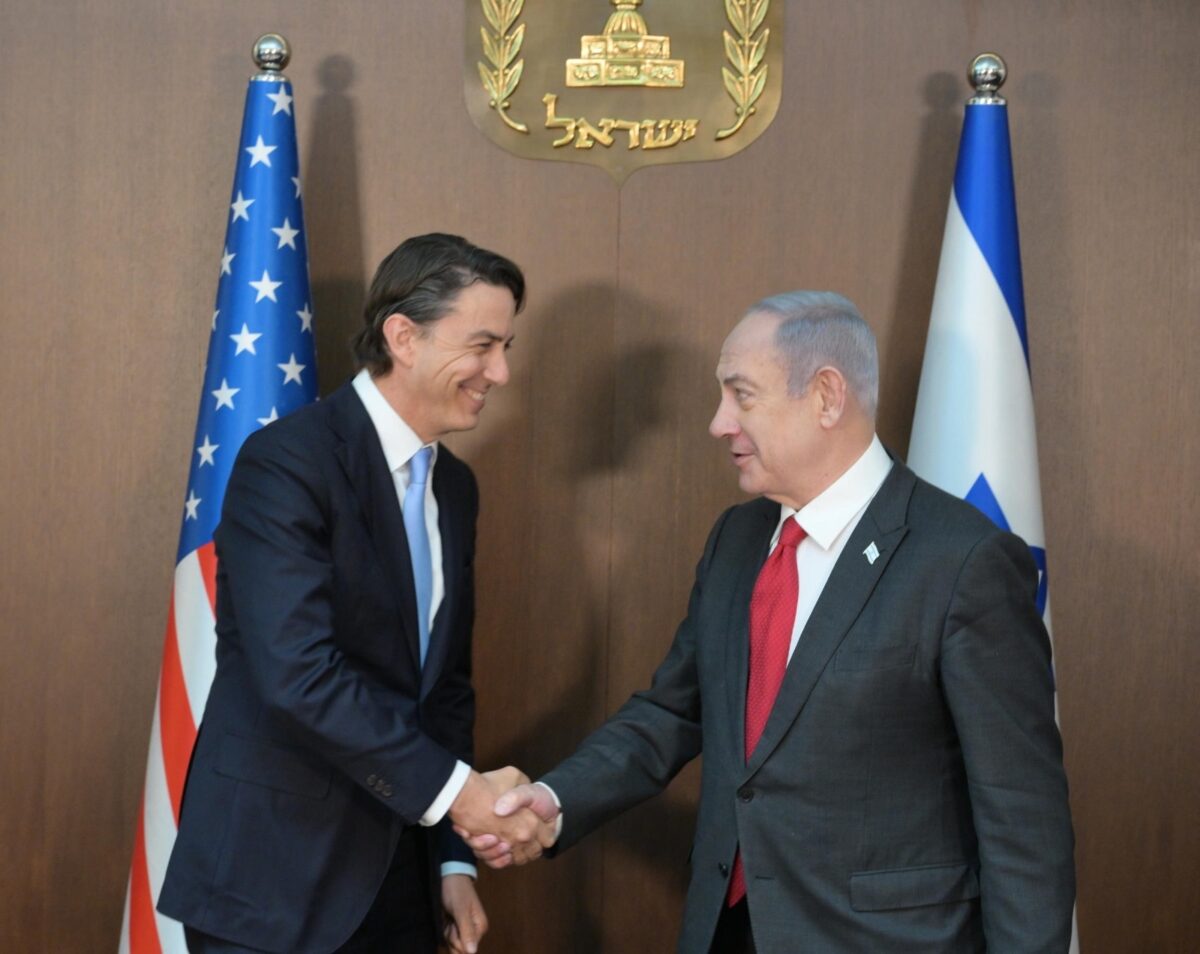Israel’s low-intensity war of attrition with Hezbollah is heating up to the boiling point as the prospect of a full-scale war grows dangerously possible.
In the past few weeks, the fighting along and near Israel’s border with Lebanon has escalated ominously as the United States and France have attempted to head off an all-out war.
A few months ago, Israeli Defence Minister Yoav Gallant warned that the current conflict could degenerate into a “hot” summer for Israel and Lebanon. With summer having begun, his prediction could well materialize in light of the increasingly fierce battles that have broken out in recent weeks.
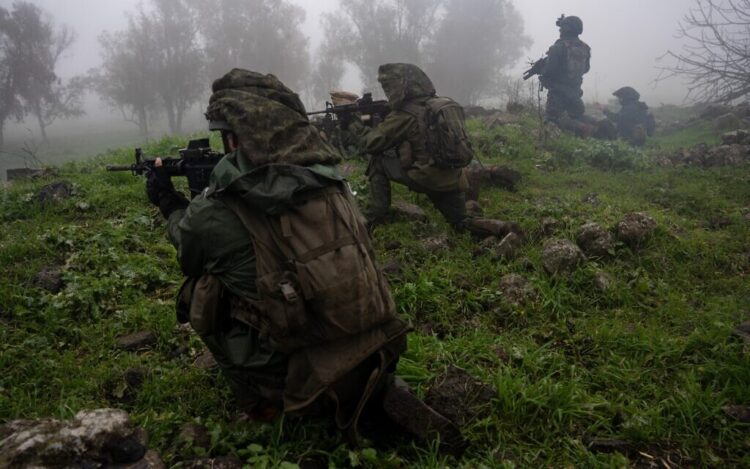
The fighting took a turn for the worse after Israel assassinated Taleb Abdallah on June 11. He was the highest-ranking Hezbollah commander to be killed since October 8, the day Hezbollah opened its offensive against Israel in a truculent show of solidarity with Hamas.
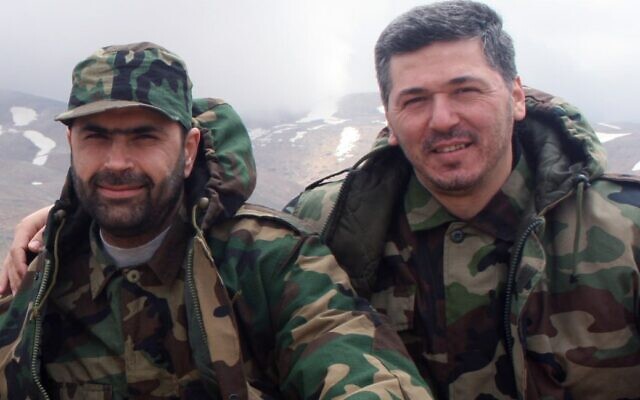
Since his assassination, Hezbollah — Iran’s chief surrogate in the Midde East — has fired hundreds of rockets and dozens of armed drones at Israel, causing considerable property damage, forcing the Israeli government to postpone the return of some 60,000 civilian evacuees from their homes close to the border, and sparking massive wildfires in northern Israel and the Golan Heights.
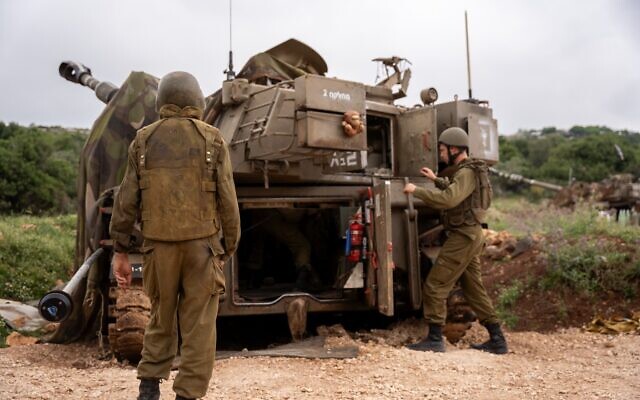
Of late, Hezbollah has targeted an army base in Safed, an air traffic control facility on Mount Meron, the Plasan armored vehicle factory in Kibbutz Sasa, the Iron Dome missile defence system scattered throughout the region, and communities such as Kiryat Shmona, the largest town in the vicinity of the Lebanese border, and Tiberias, which lies along the shores of the Sea of Galilee.
Prior to June 11, Hezbollah, in its deepest-penetration attack, fired a drone that landed in an open field in the Jezreel Valley, near Nazareth, some 40 kilometers from the border. Several days earlier, Hezbollah operatives for the first time since October launched anti-aircraft missiles at Israeli fighter jets over southern Lebanon.
By way of response, the Israeli Air Force has regularly struck Hezbollah bases and facilities throughout southern Lebanon and as far away as the city of Baalbek in the Bekaa Valley.
These exchanges have claimed the lives of 15 soldiers and 11 civilians in Israel, almost 350 Hezbollah fighters in Lebanon, 63 gunmen from armed groups affiliated with Hezbollah, and one Lebanese army soldier. In addition, dozens of Lebanese civilians have been killed.
Hassan Nasrallah, the leader of Hezbollah, has said that the war will continue until the Israel-Hamas war in the Gaza Strip winds down.
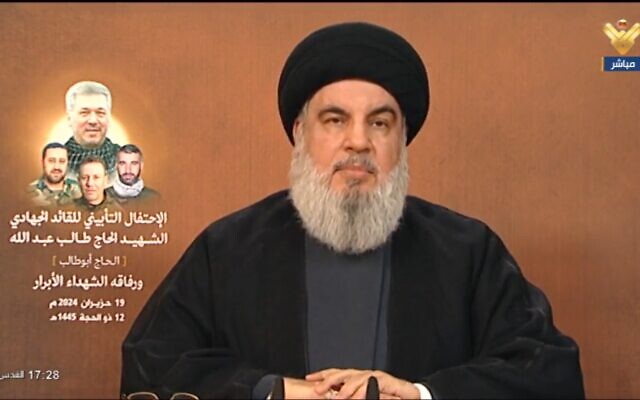
Concerned that the war in the north could spread and morph into a regional war in which Iran intervenes, the United States has dispatched the diplomat Amos Hochstein to Israel and Lebanon no less than four times since last October. His last two visits took place during the fourth week of May and in mid-June.
In his meetings with Prime Minister Benjamin Netanyahu and Gallant, Hochstein said that a ceasefire in Gaza and the release of hostages held by Hamas were the keys to defusing the hostilities between Israel and Hezbollah.
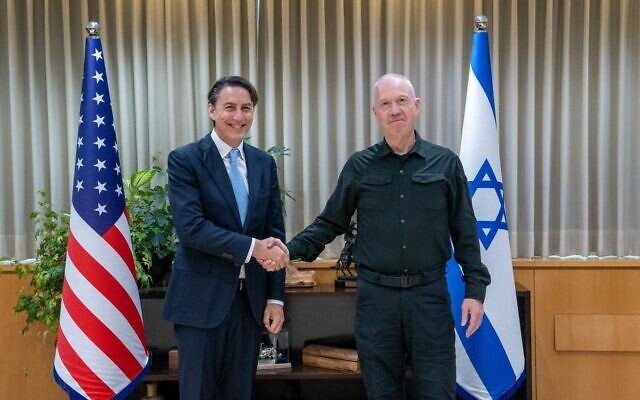
Following his meeting with the Lebanese prime minister in Beirut, Hochstein said that the need for deescalation was “urgent,” and that the cross-border fighting had “gone on for long enough.”
“It’s in everyone’s interest to resolve it quickly and diplomatically — that is both achievable and it is urgent,” he went on to say.
Hochstein, who brokered Israel’s maritime agreement with Lebanon in 2022, told reporters in May that he does not expect “everlasting peace” between Israel and Hezbollah. But he added that an Israel-Lebanon boundary accord could be very helpful in lowering tensions and ending the current round of fighting, the longest in two decades.
The first practical step in achieving this objective is clear. Hezbollah must abide by United Nations Security Council resolution 1701, which was passed after the Israel-Hezbollah war in 2006. Under its terms, Hezbollah is obliged to withdraw from southern Lebanon, redeploy north of the Litani River, a distance of about 30 kilometres from the Israeli border, and allow the Lebanese army to fill the vacuum.
Until now, Hezbollah has refused to honor that resolution. The weak and ineffectual government in Lebanon has been unable or unwilling to exert pressure on Hezbollah to comply with it.
Gallant has rejected a diplomatic demarche by France aimed at stopping the current Israel-Hezbollah war, claiming that French President Emmanuel Macron has adopted “hostile policies against Israel.”
Israel is eager to resolve its problem with Hezbollah through diplomatic means, but these efforts have gained no real traction, leading observers to conclude that the worst-case scenario of a full-blown war could be in the offing.
On June 17, Israeli army spokesman Daniel Hagari warned that an intensification of the Israel-Hezbollah war was “bringing us to the brink of what could be a wider escalation, one that could have devastating consequences for Lebanon and the entire region.”
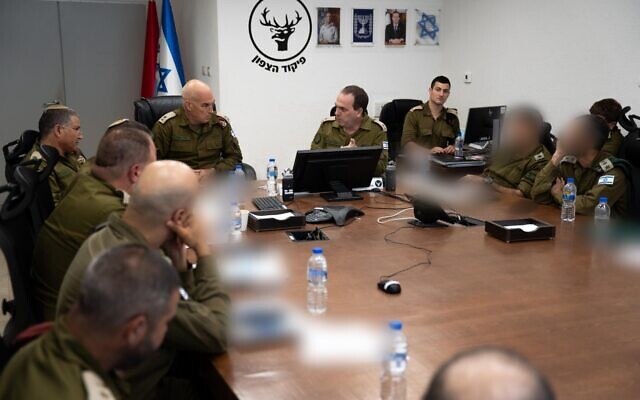
On June 18, the head of the Israeli army’s Northern Command, General Ori Gordin, and his colleague, General Oded Basiuk, announced that “operational plans for an offensive in Lebanon” had been approved. Gordin, on June 6, said that Israel was ready to expand its armed conflict with Hezbollah. “We are prepared, and when we will be ordered, the enemy will meet a strong a ready army,” he said.
On the day Gordin and Basiuk issued their somber announcement, Hezbollah released video footage of an Israeli naval base in Haifa taken by one of its drones, while Israel’s foreign minister, Israel Katz, warned Nasrallah that Israel might well have to face Hezbollah in “a total war” during which Hezbollah “will be destroyed and Lebanon will be hit hard.”
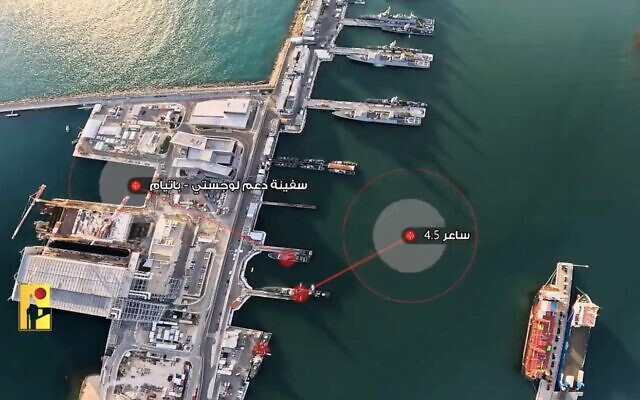
Netanyahu, on June 5, said that Israeli forces would react powerfully to Hezbollah attacks and accused Iran of using Hezbollah to “encircle” Israel.
On June 19, Nasrallah said that Hezbollah does not seek “total war” and acts only in support of Hamas. But if such a war breaks out, Hezbollah would fight with “no rules” and “no ceilings,” and “no place” in Israel would be “spared from our rockets.”
In reviewing its military campaign against Israel, Nasrallah boasted that the Israeli army had been forced to divert resources from Gaza and has suffered huge economic losses due to the evacuation of towns on the northern border and the slowdown of agricultural and industrial activities in northern Israel.
Nasrallah is basically correct.
According to The Institute for National Security Studies at Tel Aviv University, Hezbollah has managed to drive Israel into a corner.
Hezbollah has forced Israel to virtually abandon parts of the border area and station tens of thousands of troops near the Lebanese frontier. Hezbollah rockets and drones have damaged Israeli army positions and bases. Hezbollah has downed several Israeli drones. And Hezbollah has destroyed infrastructure, civilian buildings and farms along the border.
“Hezbollah’s greatest accomplishment was the Israeli government’s decision to evacuate 43 communities along the border during the first few days of the war, resulting in the establishment of a nearly uninhabited stretch of land in northern Israel for the first time since 1948.”
Israel, for its part, has bombed Hezbollah relentlessly, having conducted widespread air strikes against its infrastructure, military facilities, headquarters and weapons depots. Over the past eight months, Israel has struck more than 5,000 targets in Lebanon and killed about a dozen of its senior officers, including commanders in the Radwan Force, whose task is to invade Israeli territory and hold it.
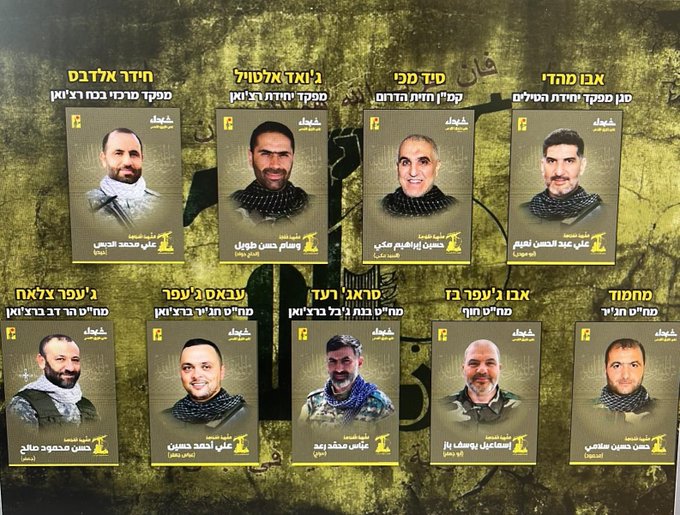
If Israel launches a ground and air operation in Lebanon, a scenario that has been incrementally building since the last war 18 years ago, the result could be catastrophic for both sides.
As Gallant once said, Israel has the power to level Lebanon, throwing it back into the Stone Age. But Hezbollah, with an arsenal of 150,000 rockets and missiles, an array of drones and a 100,000-strong army, has the capability of severely damaging towns and cities and critical infrastructure in Israel.
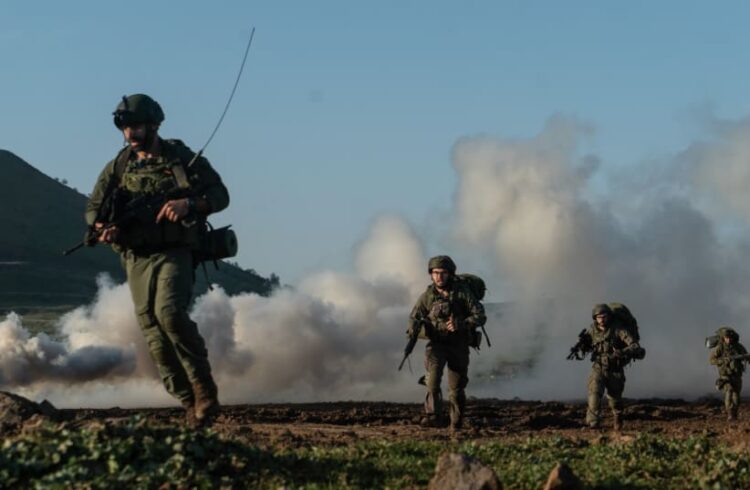
Bottom line: A full-scale war is in no one’s interest. Nor is yet another Israeli occupation of southern Lebanon. A way must be found to avert both scenarios.
